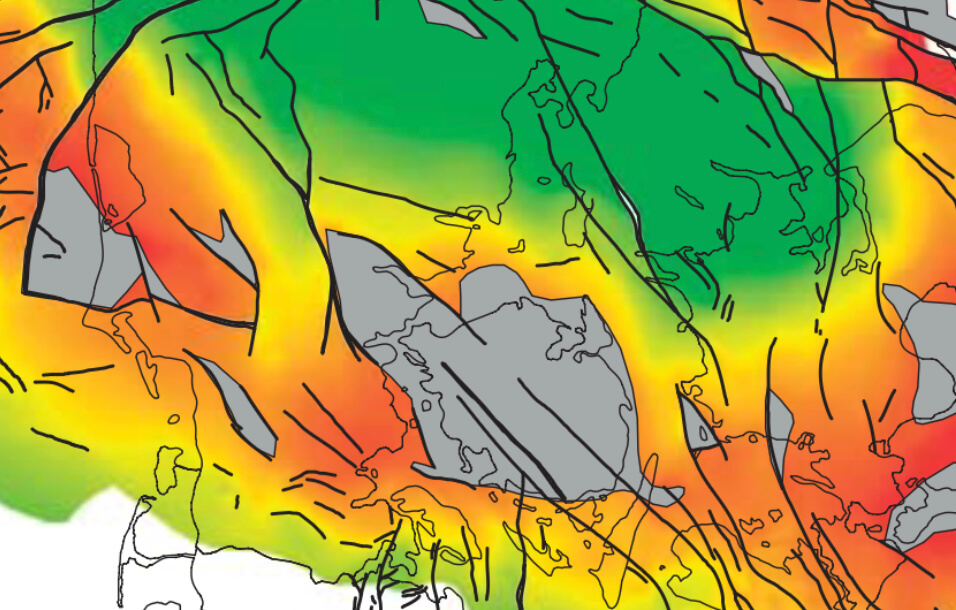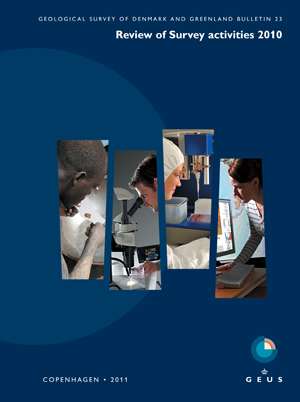
How to Cite
Share
Abstract
The Cambrian to Lower Silurian succession in Denmark is mostly composed of organic-rich black shales that were deposited in an epicontinental sea during a period of high global sea level (Haq & Schutter 2008). The mid-Cambrian to early Ordovician Alum Shale was intensively studied in the 1980s for its source-rock properties (e.g. Buchardt et al. 1986). Recent attention has focused on its potential as an unconventional shale gas source (Energistyrelsen 2010). On southern Bornholm, many wells have been drilled through the Lower Palaeozoic succession because of its importance for groundwater exploitation. In western Denmark, only the deep exploration wells Slagelse-1 and Terne-1 have penetrated the Alum Shale, and knowledge of the unit west of Bornholm is thus very limited (Fig. 1).
How to Cite
Share
Copyright (c) 2011 Niels Hemmingsen Schovsbo, Arne Thorshøj Nielsen, Kurt Klitten, Anders Mathiesen, Per Rasmussen

This work is licensed under a Creative Commons Attribution 4.0 International License.
Downloads
Edited by Ole Bennike, Adam A. Garde and W. Stuart Watt
This Review of Survey activities presents a selection of 19 papers reflecting the wide spectrum of activities of the Geological Survey of Denmark and Greenland, from the microscopic to the plate-tectonic level.
The Survey's activities in Denmark and surrounding areas are [...]









